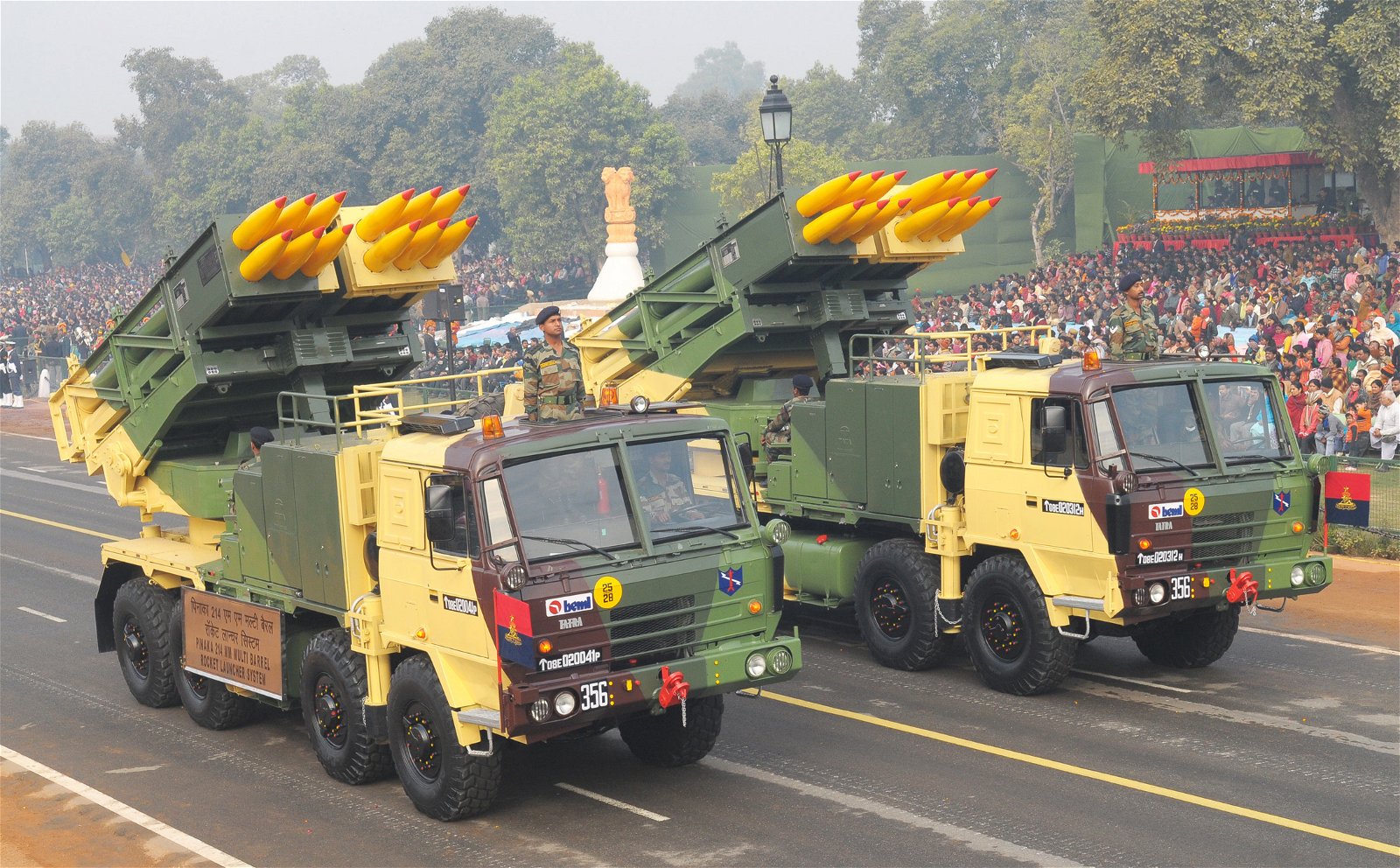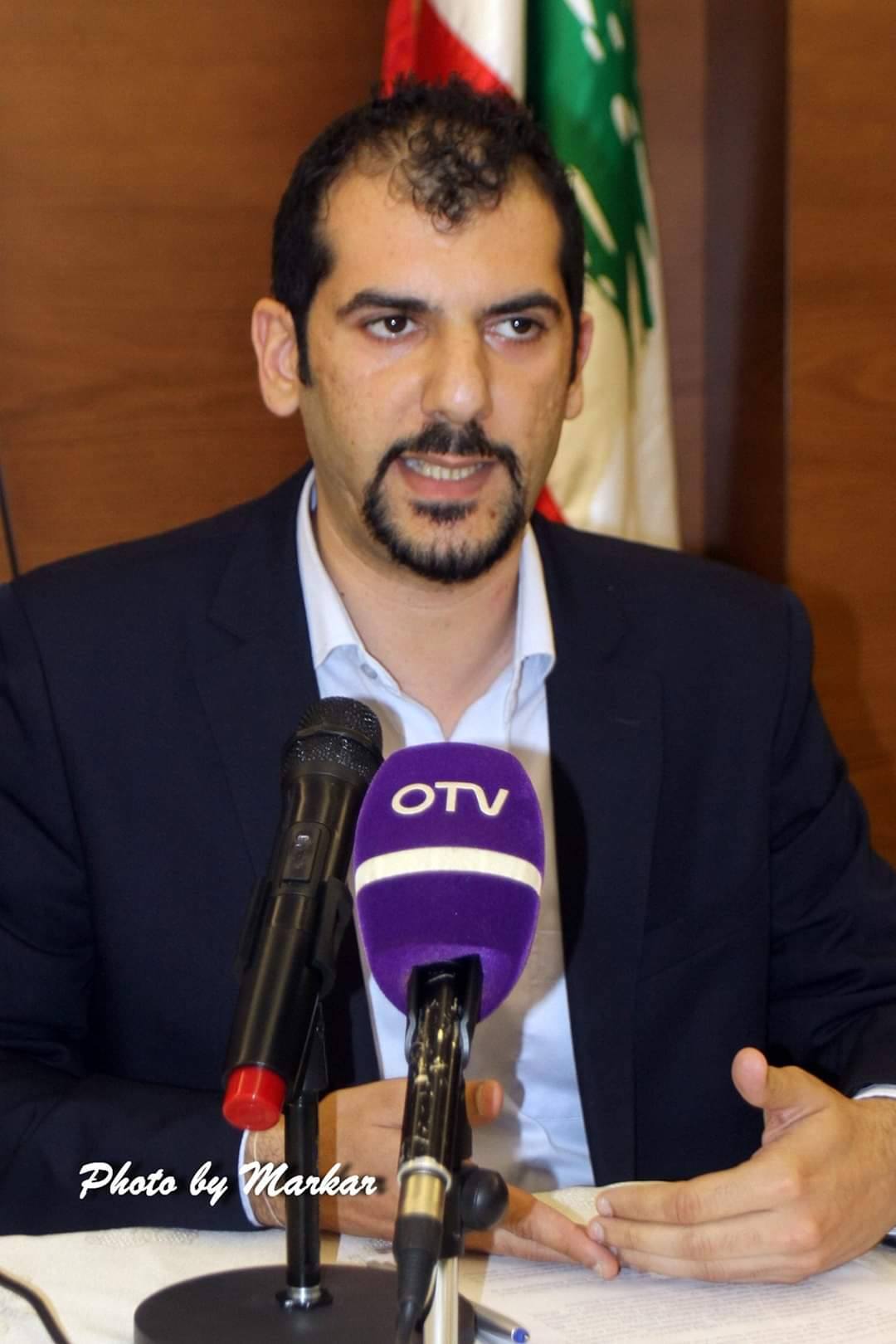
The first batch of the Indian Pinaka rocket system has arrived in Armenia
Last September, Armenia and India signed military agreements with the aim of arming the Armenian army with heavy weapons amid the Azerbaijani military incursions into Armenia’s international borders. The arms deal included significant export orders of Pinaka multi-barrel rocket launchers (MBRL), anti-tank missiles, rockets and ammunition worth US $250 million to Armenia. The Pinaka multi-rocket launch system, which is an indigenous Indian heavy weapon, is capable of firing a salvo of 12 rockets in 44 seconds. According to a report, “A single battery can neutralize a one square km region.” In 2020, India also landed a US $43 million order to supply four Swathi weapon-locating radars to Armenia. These systems can “track incoming artillery projectiles and pinpoint the location of enemy gun positions for counter-action,” according to WION News.
India’s largest media outlet, the Hindustan Times, reported that this is the first time India has decided to export the Pinaka system to another country. Azerbaijan’s use of drones is a key reason why Armenia has been purchasing the Pinaka system, since its “shoot and scoot” capability enables it to escape counter-battery fire. Its low cost and simplicity of use also make it an ideal weapons system for Armenia. The Armenian army can easily become familiar with this system as it is accustomed to using the Russian-made GRAD system.
Of course, this cooperation has alarmed Azerbaijan, where state-sponsored media Caliber.Az published a video showing disguised cargo moving in a convoy through the Nurduz border checkpoint from Iran to Armenia. The media channel claimed that it was most likely delivered from India to the Iranian port of Bandar Abbas. Many Azerbaijanis on social media argued that Azerbaijan should not participate in the International North-South Transport corridor, as the route from India to Iran is being used for military purposes to arm the Armenian army.
Baku’s Reaction
Azerbaijan reacted harshly to the arms transfer, and its media channels criticized New Delhi. On July 28, Azernews published an article titled, “India’s warmongering in South Caucasus is a wake-up call for Azerbaijan, Turkiye and Pakistan,” in which the author Rena Murshud argued, “While Europe and Russia are competing to solidify their influence in the region, India’s behavior could mean just an act of destabilizing the region.” Quoting a Pakistani expert, the article argued that the arms deal between India and Armenia may push the “geo-strategic dimensions” in the region to “re-adjust” soon. “The trans-regional military deal between Armenia and India has numerous ‘spillover’ geopolitical and geostrategic ‘repercussions,’ for the region and beyond,” the article reads. The Pakistani expert concluded that Azerbaijan, Turkey and Pakistan must “engage in serious military-strategic dialogue to counter the increasing military presence and interest of India in the South Caucasus.” Meanwhile, Tahmaz Asadov in Trend.az has made baseless claims arguing that Azerbaijan’s blockade of the Berdzor (Lachin) Corridor made it impossible for the Indian weapons to arrive in Artsakh.
The irony is that Baku continues to arm itself with Turkish and Israeli weapons for offensive purposes, but protests when Armenia takes a similar step to defend its borders.
Azerbaijani state officials also reacted to the arms transfer. Hikmet Hajiyev, head of the Foreign Policy Affairs department of Azerbaijan’s Presidential administration, raised the matter with the Indian ambassador to Azerbaijan, arguing that arming Armenia “at a time when Azerbaijan is negotiating a peace treaty with Armenia, the supply of deadly weapons by India opens the way to the militarization of Armenia and aggravates the situation, hindering the establishment of sustainable peace and security in the South Caucasus region.” The irony is that Baku continues to arm itself with Turkish and Israeli weapons for offensive purposes, but protests when Armenia takes a similar step to defend its borders.
What’s Next?
For India’s Firstpost report titled, “Why India’s Pinaka Rocket Launchers are Bothering Azerbaijan,” Palki Sharma notes that the Pinaka is “giving Azerbaijan sleepless nights.” Sharma says it is a win-win solution for Armenia and India, as a boost to India’s indigenous industry and Armenia’s military capabilities. Furthermore, India’s The Print media argued that India’s step is a standard reaction against the Azerbaijani-Turkish-Pakistani axis, which threatens Armenia as well as India’s interests in the region. The report said that Armenia is interested in purchasing Indian-made drones and anti-drone systems, and more deals will be revealed in the coming months.
Finally, a report in The Wire, citing an analysis from the New Delhi-based think tank Observer Research Foundation, said, “India has overtly positioned itself on Armenia’s side in the Nagorno-Karabakh conflict, and has consequently opted to resist Azerbaijan and its backers including Turkey and Pakistan as well as Ankara’s expansionist pan-Turkic ambitions.”
India’s arms sales to Armenia go beyond a business-as-usual relationship. As seen in Indian media, Indian analysts and commentators argue that this military relationship has a geopolitical background, as India aims to establish itself as a reliable defense player globally and secure its national interests regionally by containing Pakistan, Turkey and their junior partner Azerbaijan. In this containment strategy, Iran plays a crucial role. While Armenia is unable to purchase Iranian weapons due to fears of U.S. and Western reactions, Tehran is playing a transit role to facilitate the transfer of weapons to Armenia, as it did previously for the sale of Russian weapons.
While Armenia is unable to purchase Iranian weapons due to fears of U.S. and Western reactions, Tehran is playing a transit role to facilitate the transfer of weapons to Armenia, as it did previously for the sale of Russian weapons.
Armenia’s diplomacy has successfully bridged Iranian and Indian interests. In October 2022, Armenia’s Minister of Defense Suren Papikyan’s visit to India and meeting with his Indian counterpart during the sidelines of Defense Expo 2022 was fruitful. The sides discussed the possibility of selling Indian-made heavy weapons to Armenia.
Geopolitically, while bilateral cooperation between New Delhi and Tehran has been happening for a long time, Yerevan has recently positioned itself as an important strategic partner in the region that would secure India’s long-term interests. After Turkey and Pakistan supported Azerbaijan in the 2020 Artsakh War against Armenia, and Russia’s involvement in Ukraine limited its ability to rearm the Armenian army, Armenian decision-makers started looking for reliable military and diplomatic partners.
These political and military relations may soon be translated into strengthening trade and economic cooperation between India, Armenia and Iran. Already, in April 2023, Yerevan hosted the first trilateral meeting with Indian and Iranian officials, in order to facilitate a Black Sea-Persian Gulf trade route that would allow Indian goods to be exported to the West through Georgian ports. In January 2023, at the Voice of the South Virtual Summit, Armenia’s Foreign Minister Ararat Mirzoyan mentioned that Armenia is interested in “advancing cooperation within the framework of North-South connectivity, as well as the Persian Gulf-Black Sea international transport corridor,” adding that “Armenia considers India’s potential and prospective role for these projects as quite significant.”
India’s relations with Armenia are developing along both economic and military-strategic dimensions. These relations need to be further deepened to reach a strategic partnership level where both countries can engage in joint military drills. Armenia’s commitment to the CSTO and Russia will not prevent Yerevan from taking such exercises, as other CSTO members are taking similar steps with Turkey. Instead, India’s partnership with Yerevan could bring security to the South Caucasus by restoring the political-military balance that was violated after the 2020 war.



Good news, it’s high time for Armenia to be more dynamic after post Soviet sclerosis and ossification. CTSO is a bad joke in need of retirement. The Soviet Union has gone Georgia and Azerbaijan have moved on and diversified and so should Armenia
Of course, we Armenians need to follow in Ukraine’s footsteps, and finally destroy all of what little we have left of Armenia, all in the name of hurting Russians for Western interests. Got it. We’ll get on it ASAP!
These purchases are being made by Nikol’s refime mostly for show. Armenia is a defeated nation from within. Armenia needs to be saved from Armenians. At this rate, in an another major war, these weapons systems will burn before they even reach the battle zone.
So what is it you want ?
Don’t worry they are highly reliable system they are used against pakistan in kargil war between india and pak you can study about them
What a silly question. How about the reversal of Armenia’s Western led color revolution of 2018, which I am sure you supported…
Well written newsletter which I very much appreciate.
Indias weapons are world class and good enough to not only counter a country like China and Pakistan bit also deter them from taking any adventure on National Borders. Out of the Total of 4 wars( 3 in the past and one recently at Kargil) with Pakistan, India won all 4 and of the 2 wars ( all in the past ) Both Nation scored 1-1. Presently Indian weapons are reliable, deadly and cheap. Tejas Light combat aircraft is the best in the class with zero mishaps even during development stage, Brahmos is the most feared cruise missile considered as No 1 in the world, Swathi Radar (already supplied to Armenia) is the only one of its kind. Pinaka is a game changer and with MARK II and MARK III in development stage India would boast of the worlds best and longest range MBRL. Indias missile Industry is second to none . Light comba helicopters are the best of its kind.List goes on. So anyone who wants to think that Indian weapons are not good are free to become a laughing stock.Armenia already in talks for armed drones and anti drone system needs to buy Tejas, LCH with the range of waponery in them It would become a nightmare for the evil trio of Turkey, terrorist state of Pakistan and Azerbiajan. India is another name for TRUST
Agree.
We Indian Love Armenia Sooo Much….
ARMENIA is strong in its determination and togetherness which will and does add strength to defend itself from evil genocide countries such as: it’s obvious! The countries of the USA, France and India are good friends of ARMENIA!
Armenia is the perfect Indian ally against the rabid Erdogan and the Pakistan Army. But, nobody can help Armenia if its population keeps declining. Armenians must procreate more, keep increasing their GDP and spend more on defense. They will reach a state of equilibrium vis-a-vis Azerbaijan. It may take 25 years, but it can be done. Right now, Azerbaijan can attack Armenia with impunity.